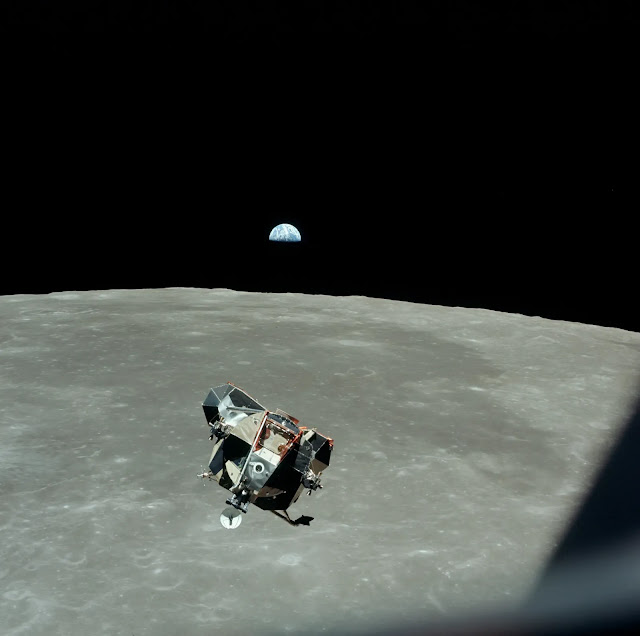25 Images to Celebrate 25th Anniversary of NASA's Chandra Observatory
These images, showing data from Chandra, demonstrate how X-ray astronomy explores all corners of the Universe. By combining X-rays from Chandra with other space-based observatories and telescopes on the ground, astronomers can tackle the biggest questions and investigate long-standing mysteries across the cosmos.
On July 23, 1999, the Space Shuttle Columbia launched into orbit carrying Chandra. It was then the heaviest payload ever carried by the Shuttle. With Commander Eileen Collins at the helm, the astronauts aboard Columbia successfully deployed Chandra into its highly-elliptical orbit that takes it nearly one-third of the distance to the Moon.
X-rays are an especially penetrating type of light that reveals extremely hot objects and very energetic physical processes. Many fascinating regions in space glow strongly in X-rays such as the debris from exploded stars and material swirling around black holes. Stars, galaxies, and even planets also give off X-rays that can be studied with Chandra.
The new set of images is a sample of almost 25,000 observations Chandra has taken during its quarter century in space.
In 1976, Riccardo Giacconi and Harvey Tananbaum first proposed to NASA the mission that would one day become Chandra. Eventually, Chandra was selected to become one of NASA’s “Great Observatories,” along with the Hubble Space Telescope, Compton Gamma Ray Observatory and Spitzer Space Telescope, each looking at distinct types of light.
Today, astronomers continue to use Chandra data in conjunction with other powerful telescopes, including the James Webb Space Telescope and the Imaging X-ray Polarimetry Explorer (IXPE).
Chandra science has led to over 700 Ph.Ds and has supported a diverse talent pool of more than 3,500 undergraduate and graduate students, about 1,700 postdocs and over 5,000 unique Principal Investigators throughout the U.S. and worldwide. Demand for the telescope has consistently been extremely high throughout the entire mission with only about 20% of the requested observing time able to be approved.
Despite being in space for a quarter century, Chandra is operating remarkably well and is still making discoveries. Scientists are looking forward to using this exceptional telescope for years to come.
Video Credit: NASA's Chandra X-ray Observatory
Duration: 3 minutes
Release Date: July 22, 2024
#NASA #Astronomy #Space #Science #Stars #Supernovae #Planets #Nebulae #Galaxies #GalaxyClusters #Cosmos #Universe #NASAChandra #XrayObservatory #SpaceTelescopes #JPL #Caltech #CXC #UnitedStates #STEM #Education #HD #Video



















.png)